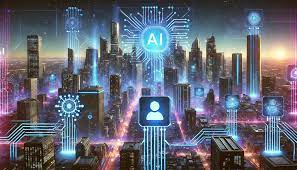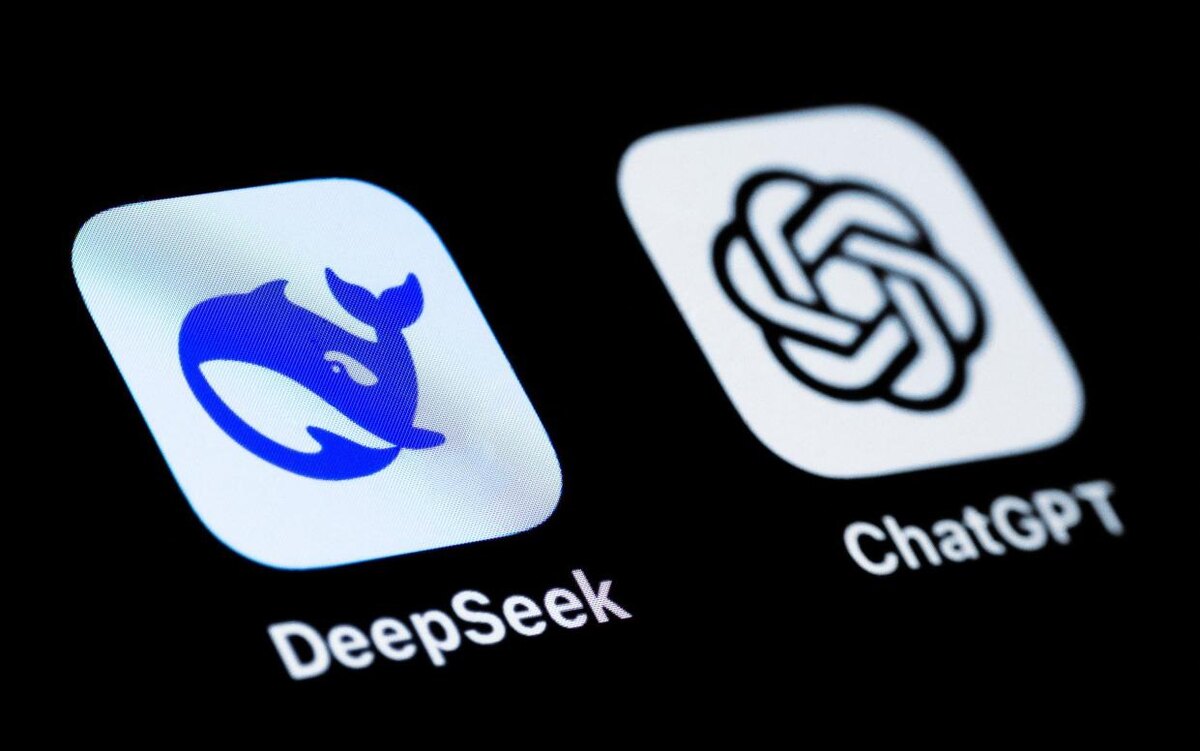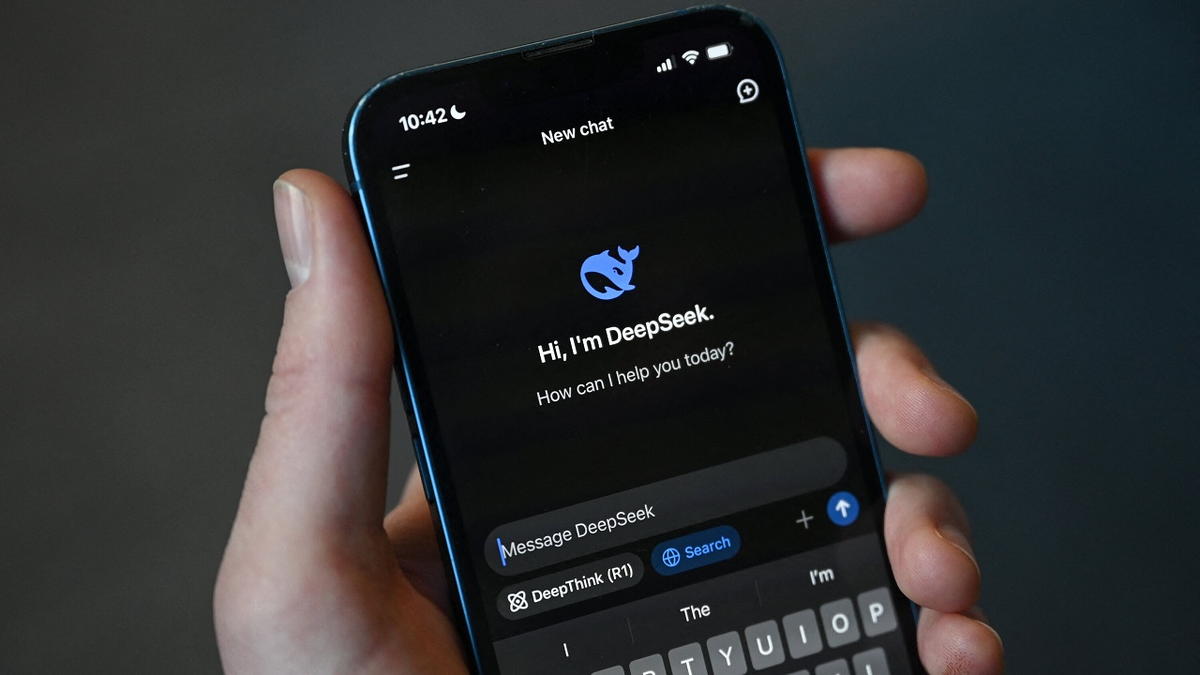DeepSeek is a powerful neural network for natural language processing (NLP) developed by Chinese company DeepSeek AI. It can conduct dialogues, analyze documents, write code, and even work with images (in some versions).
The project was launched in 2023 and its founders are Chinese specialists in the field of artificial intelligence. The company aims to compete with OpenAI (ChatGPT) and other global AI giants.

Unlike ChatGPT (GPT-4 is paid), DeepSeek does not require a subscription yet. Can analyze large files (up to 128K context), which is useful for lawyers, researchers.
Able to search for relevant data (like Microsoft's Bing Chat).
Supports Python, C++, Java and other languages, helps with debugging. Works not only with English and Chinese, but also with Russian. The optimized architecture gives results with almost no latency. You can upload PDF, Word, Excel and get a squeeze of information.
Performs better on math's and logic problems than GPT-3.5.
The team is actively improving the model with user feedback in mind.
Unlike ChatGPT, is less likely to block ‘controversial’ issues.
The database is inferior to OpenAI, especially in highly specialized topics. Sometimes confuses facts
Can give inaccurate information (like all AI). So far it is available only via web-interface and API. There is a mobile application, but I would like it on Windows, MacOS.
Less creativity in texts - ChatGPT is better at generating artistic texts. But DeepSeek has no problem to build the basis of a text, for further human revision. And I believe that this should not be the case. Neural network-generated creativity should not be the end result.
No voice input - Unlike some competitors, you can't talk to the AI. For me, it's not a problem at all - there's Alice or live people at home to communicate with. But there are those for whom this is a drawback.

Limited work with images - Not yet able to analyze images like GPT-4 Vision. This is lacking.
Less ‘conversational’ style - Responses can be a bit dry compared to ChatGPT. But this is a case by case basis. Sometimes the situation is exactly the opposite - DeepSeek gives a more interesting answer.
No integration with other services - OpenAI has plugins, DeepSeek has no such thing yet.
An unknown future - It's still unclear whether it will remain free or go subscription based. I would like to continue to live without a subscription, but servers cost money, specialists need a salary...
Before 2025, only researchers and enthusiasts had heard of DeepSeek, and of the Chinese language models, only Alibaba's Qwen was of concern to competitors. No one expected a little-known startup to introduce a ChatGPT clone.

All DeepSeek products are third-party projects of the hedge fund High-Flyer. It was founded in 2015 by Zhejiang University graduates and immediately started using machine learning algorithms to analyse the stock market. In 2019, the neural network development department was spun off into a subsidiary company High-Flyer AI, and in mid-2023 it was renamed DeepSeek and announced the start of work on AGI - general-purpose artificial intelligence.
In December 2024, the company unveiled the DeepSeek-V3 language model - a competitor to GPT-4o and Llama 3.1 - and another month later it released the DeepSeek-R1 ‘reasoning’ neural network. In just a year and a half, Chinese engineers have managed to create a model that can compete with OpenAI products, although the company started with the development of AI solutions for trading on the stock exchange.
DeepSeek-V3 cost only $5.5 million to train, while GPT-4, its direct competitor, cost more than $100 million to develop. Fun fact: OpenAI CEO Sam Altman bought a rare Koenigsegg Regera sports car in 2024, which also costs about $5 million.
It is also worth considering that the hands of Chinese developers were tied by U.S. export sanctions, because of which they could not buy modern NVIDIA and AMD graphics cards. A limited number of NVIDIA H100 and A100 video accelerators were used to train DeepSeek.
DeepSeek's success caused the stock price of American technology companies to plummet. NVIDIA suffered the most, losing more than $600 billion in capitalisation. However, the effect of the R1 release was felt by all companies that develop AI services and neural networks. Investors thought: if Chinese engineers were able to create world-class AI with small efforts, how can we be worse?
In addition, DeepSeek-R1 turned out to be profitable for developers. Withdrawing 1 million tokens using the GPT-o1 model costs $60, while for R1 the price is only $2.19. Simple maths: if you use a neural network from OpenAI in your application and decide to switch to the development of Chinese engineers, you can cut costs by more than 27 times. Regular users benefit even more. All the features of the neural network can be used for free.
who would be good for DeepSeek?
Free analogue of GPT-4 - if you don't want to pay.
🔹 For working with documents - easy to analyse PDF and tables.
🔹 For developers - good code generation.
But if you need the smartest and most creative AI - ChatGPT-4 is the leader for now. And Le Chat (Mistral) is a strong European competitor with an open model.


















